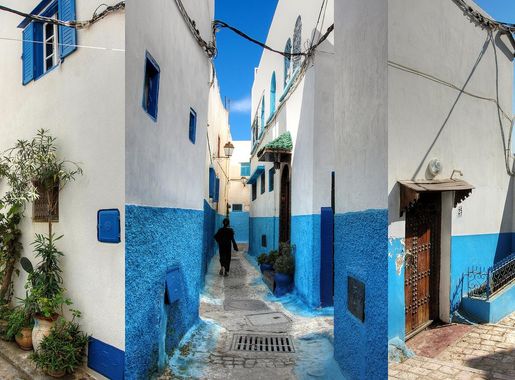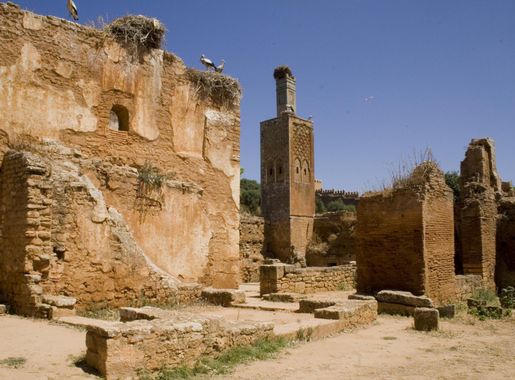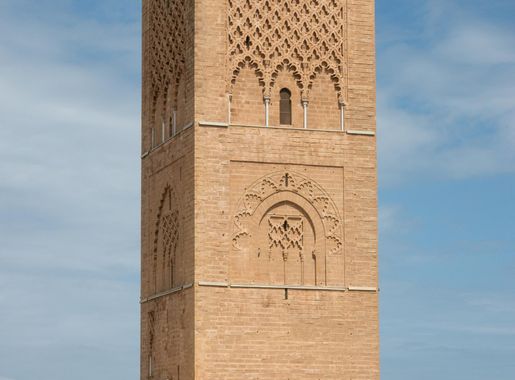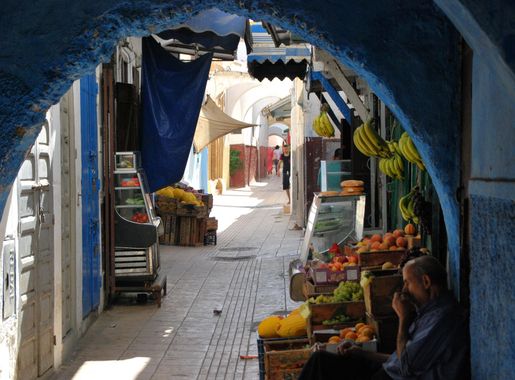
Mystical Medina of Rabat: A Cultural Odyssey
Explore the ancient Medina of Rabat, a UNESCO World Heritage site, where history, culture, and vibrant Moroccan traditions come alive in a maze of enchanting streets.
The Medina of Rabat, a UNESCO World Heritage site, is a mesmerizing blend of history, culture, and everyday life. Nestled within the bustling city of Rabat, this ancient quarter offers a glimpse into Morocco's rich past, with narrow winding streets, traditional souks, and stunning architecture. The medina's labyrinthine alleys are brimming with vibrant shops selling everything from handwoven rugs to aromatic spices. As you meander through, you'll encounter artisans crafting exquisite pottery, leather goods, and jewelry, each piece reflecting the timeless traditions of Moroccan craftsmanship. Noteworthy landmarks include the Kasbah of the Udayas, a fortress with splendid views of the Atlantic Ocean, and the Andalusian Gardens, a serene haven of greenery and blooms. The medina is also home to the Great Mosque and the Mellah, the old Jewish quarter, each narrating its own unique chapter of Rabat's diverse heritage. Culinary delights await at the medina's numerous eateries, where you can savor tagines, couscous, and other Moroccan delicacies. The medina's lively atmosphere is best experienced in the early evening when locals and visitors alike gather to enjoy the vibrant ambiance that makes this neighborhood so special.
Local tips in Medina of Rabat
- Wear comfortable shoes as the streets are narrow and often uneven.
- Visit in the early evening to experience the medina at its liveliest.
- Don't miss the Kasbah of the Udayas for panoramic ocean views.
- Carry cash, as many small vendors do not accept credit cards.
- Bargain politely in the souks, it's part of the shopping experience.
Mystical Medina of Rabat: A Cultural Odyssey
The Medina of Rabat, a UNESCO World Heritage site, is a mesmerizing blend of history, culture, and everyday life. Nestled within the bustling city of Rabat, this ancient quarter offers a glimpse into Morocco's rich past, with narrow winding streets, traditional souks, and stunning architecture. The medina's labyrinthine alleys are brimming with vibrant shops selling everything from handwoven rugs to aromatic spices. As you meander through, you'll encounter artisans crafting exquisite pottery, leather goods, and jewelry, each piece reflecting the timeless traditions of Moroccan craftsmanship. Noteworthy landmarks include the Kasbah of the Udayas, a fortress with splendid views of the Atlantic Ocean, and the Andalusian Gardens, a serene haven of greenery and blooms. The medina is also home to the Great Mosque and the Mellah, the old Jewish quarter, each narrating its own unique chapter of Rabat's diverse heritage. Culinary delights await at the medina's numerous eateries, where you can savor tagines, couscous, and other Moroccan delicacies. The medina's lively atmosphere is best experienced in the early evening when locals and visitors alike gather to enjoy the vibrant ambiance that makes this neighborhood so special.
Iconic landmarks you can’t miss
Hassan Tower
Discover the splendor of Hassan Tower, a historical landmark in Rabat, where stunning architecture meets rich Moroccan heritage.
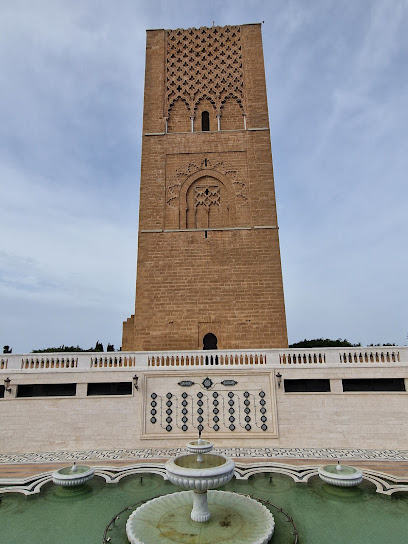
Rabat Old Market
Explore Rabat Old Market, a vibrant hub of local crafts, delicious street food, and rich Moroccan culture in the heart of Rabat Medina.
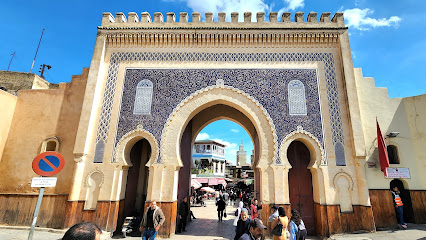
Mausoleum of Mohammed V
Explore the architectural beauty and royal history of the Mausoleum of Mohammed V, a must-see landmark in Rabat showcasing Moroccan heritage.

Nouzhat Hassan Garden
Experience the serene beauty of Nouzhat Hassan Garden in Rabat, a lush urban oasis perfect for relaxation, picnics, and leisurely strolls amidst nature.
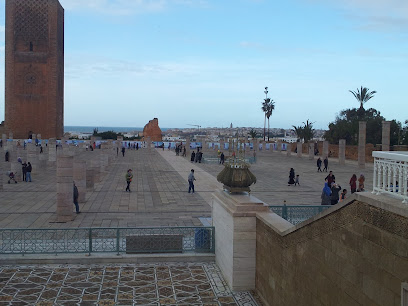
Andalusian Gardens
Discover the lush serenity of Andalusian Gardens in Rabat, a historical gem filled with vibrant flora and peaceful pathways for relaxation.

Rabat Grand Mosque
Explore the Rabat Grand Mosque, a stunning architectural marvel in Morocco's capital, showcasing exquisite Islamic artistry and rich cultural heritage.
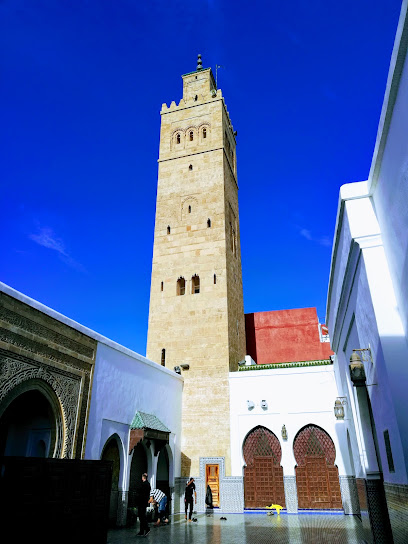
Royal Palace
Discover the Royal Palace in Rabat, a majestic symbol of Moroccan heritage showcasing stunning architecture and lush gardens.
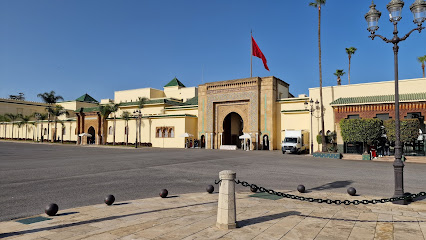
St. Peter's Cathedral
Explore the stunning St. Peter's Cathedral in Rabat, a harmonious blend of Moroccan and European architecture nestled in the heart of the city.
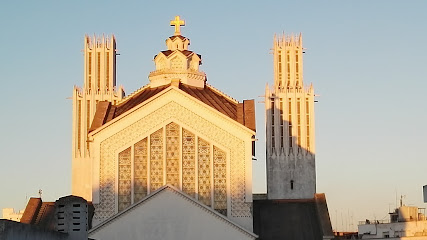
Museum of History and Civilizations
Discover Morocco's vibrant history at the Museum of History and Civilizations, a captivating archaeological museum in Rabat showcasing diverse cultural heritage.
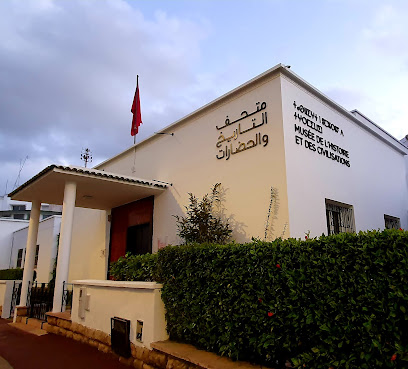
Oudaya
Explore Oudaya, a cultural gem in Rabat, where history, art, and breathtaking views of the Atlantic Ocean await every visitor.
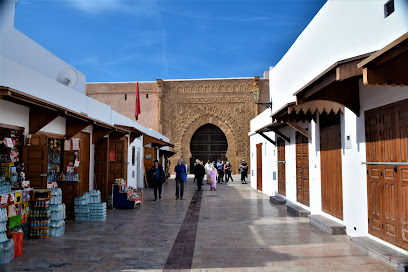
Lighthouse Rabat
Discover the stunning Lighthouse of Rabat, a historical landmark with breathtaking views of the city and coastline, steeped in maritime heritage.
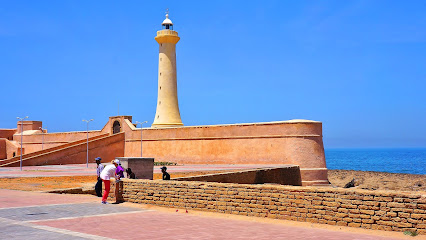
Bab Mellah
Discover the rich history and vibrant culture of Bab Mellah, a historic Jewish Quarter in Rabat, offering a unique blend of tradition and modern Moroccan life.
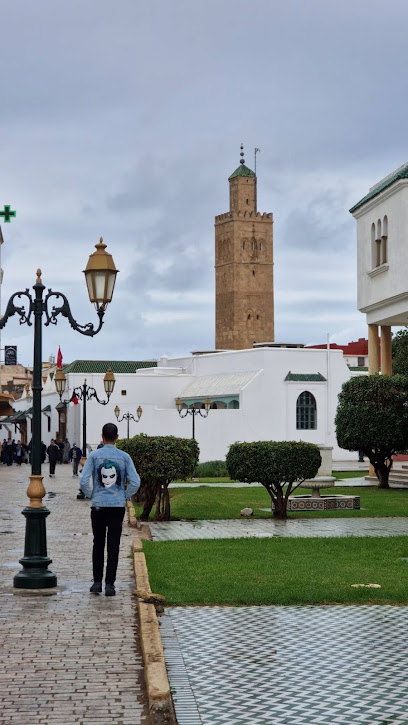
Ocean view
Experience the stunning ocean views in Rabat, where picturesque landscapes meet the tranquility of the Atlantic coast.
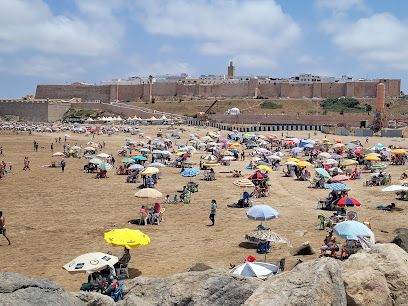
Bab Zaer
Explore Bab Zaer, an iconic historical landmark in Rabat, where the beauty of Moroccan architecture meets rich cultural heritage.
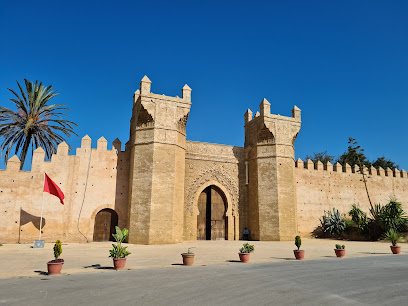
Bab Oudayas
Discover the enchanting Bab Oudayas in Rabat, Morocco – a historic gateway to captivating landscapes and rich cultural experiences.

Essential places to dine
Dar El Medina
Experience authentic Moroccan cuisine at Dar El Medina in Rabat - where every dish tells a story.
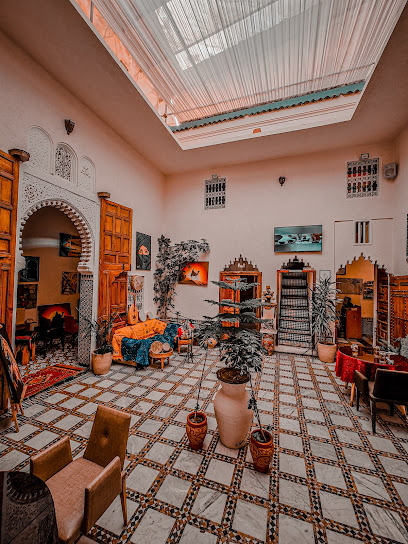
Dar Rbatia
Discover authentic Moroccan cuisine at Dar Rbatia in Rabat's historic Medina—an unforgettable dining experience filled with rich flavors.
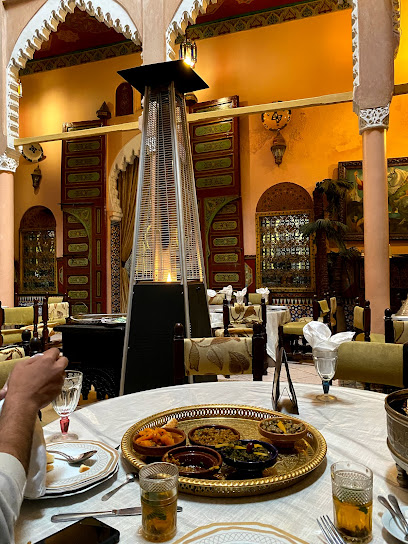
Dinarjat
Discover authentic Moroccan cuisine at Dinarjat in Rabat—where every dish celebrates tradition and flavor.
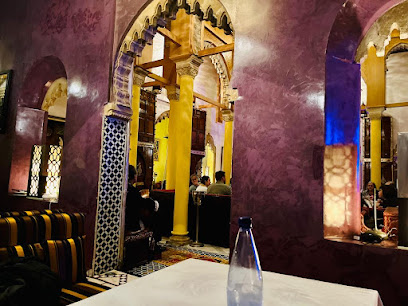
Dar Zaki (Restaurant)
Savor the rich flavors of Morocco at Dar Zaki, where authentic cuisine meets warm hospitality in Rabat's ancient medina.
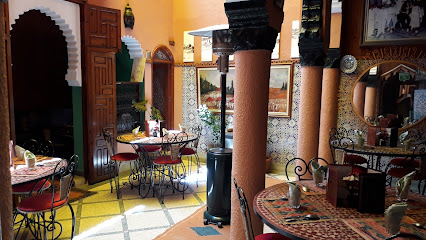
Restaurant Ziryab - Rabat
Experience the essence of Moroccan cuisine at Restaurant Ziryab in Rabat – where every dish tells a story.
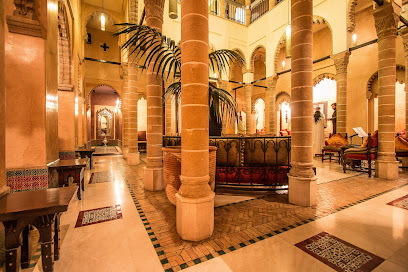
Restaurant Dar Larsa
Experience authentic Moroccan cuisine in the heart of Rabat Medina at Restaurant Dar Larsa - where tradition meets flavor.
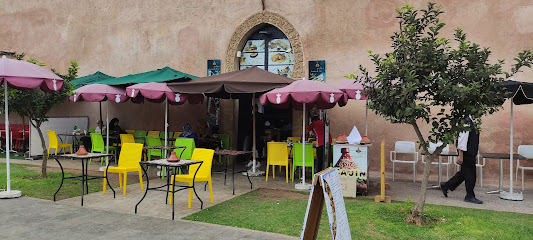
Chez Hajja
Experience authentic Moroccan cuisine at Chez Hajja in Rabat Medina - a delightful culinary journey awaits.
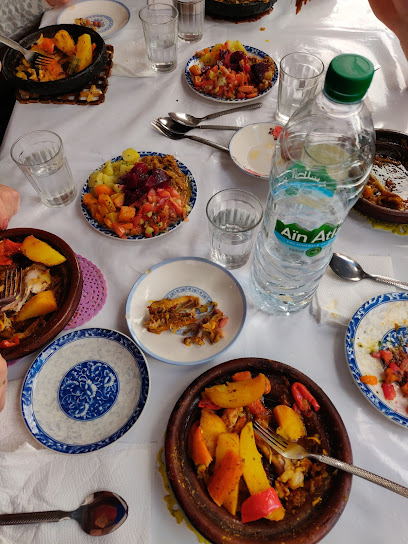
Dar Baddi
Discover authentic Moroccan cuisine at Dar Baddi in Rabat Medina – where tradition meets flavor.
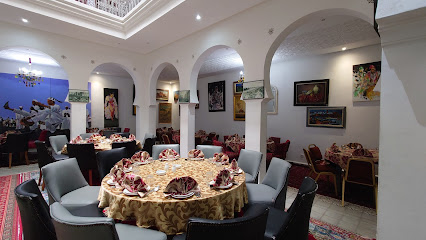
Riad Dar Chrifa Rabat
Experience Moroccan hospitality at Riad Dar Chrifa in Rabat - where tradition meets luxury in an enchanting setting.
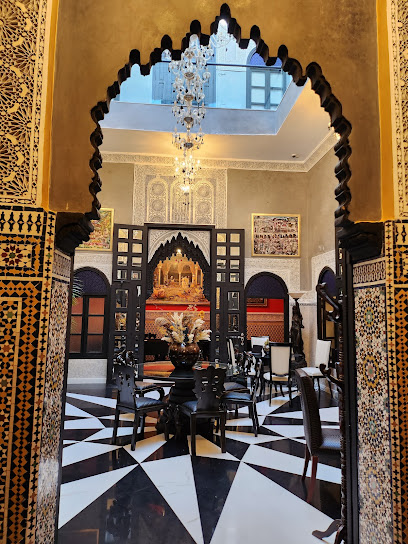
Amarhaba Lbahja Restaurant
Experience authentic Moroccan cuisine at Amarhaba Lbahja Restaurant in Rabat's historic Medina - a culinary gem waiting to be discovered.
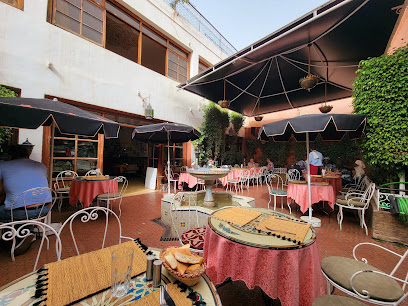
Markets, malls and hidden boutiques
Mega Mall Rabat
Explore Mega Mall Rabat, the ultimate shopping and entertainment destination, featuring shops, dining, and fun for all ages in the heart of Morocco.
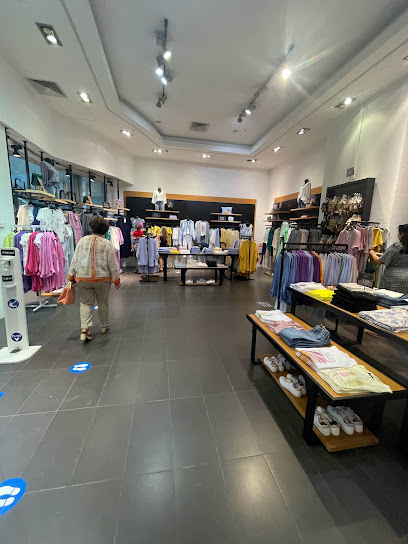
Rabat Old Market
Explore Rabat Old Market, a vibrant hub of Moroccan culture offering unique crafts, delicious foods, and an authentic shopping experience.
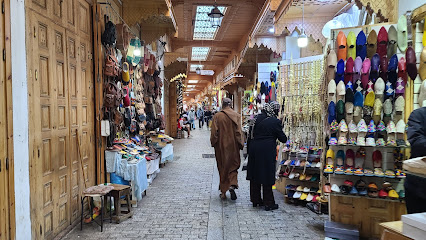
Kitea Géant
Discover the vibrant blend of Moroccan craftsmanship and modern design at Kitea Géant, your ultimate home goods destination in Rabat.
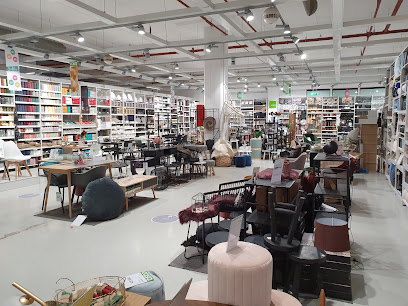
Mall Ait Baha
Discover the vibrant shopping scene at Mall Ait Baha in Rabat, where diverse stores, dining options, and entertainment await every visitor.
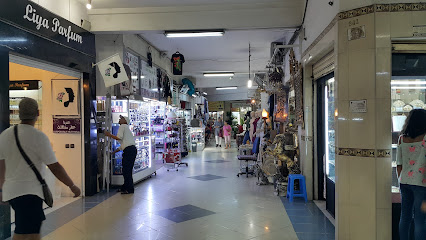
Le 17 Océan
Explore Le 17 Océan, a charming gift shop in Rabat offering unique souvenirs and local crafts that reflect Moroccan culture.
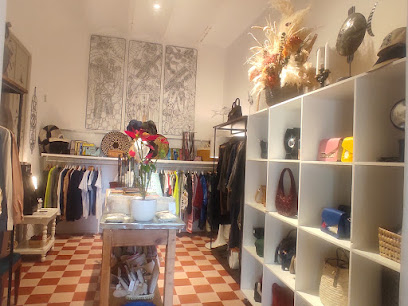
Alchimies artisanat haut de gamme
Discover unique handcrafted gifts and home goods at Alchimies Artisanat Haut de Gamme, a premier artisan shop in the heart of Rabat.
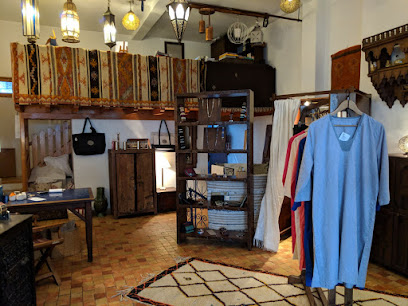
Boutique Japon
Discover the charm of Japanese culture at Boutique Japon, a unique variety store in the heart of Rabat's medina.
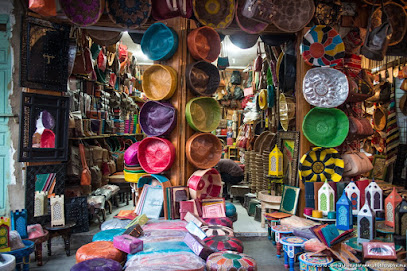
Oldsoul Vinatge Store
Explore Oldsoul Vintage Store in Rabat for unique vintage clothing treasures that celebrate timeless fashion and sustainability.

MANDIL STORE
Discover a treasure trove of unique gifts, vintage clothing, and local crafts at Mandil Store in Rabat, where Moroccan culture meets artistry.
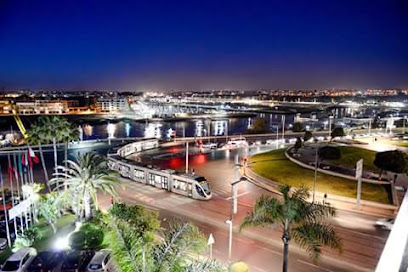
Zakaria
Explore Zakaria, Rabat's enchanting gift shop, where Moroccan craftsmanship meets warm hospitality in the heart of the Medina.

Essential bars & hidden hideouts
Le Dhow
Experience exquisite dining and breathtaking views at Le Dhow, a unique floating restaurant in Rabat offering a taste of Moroccan and international cuisine.
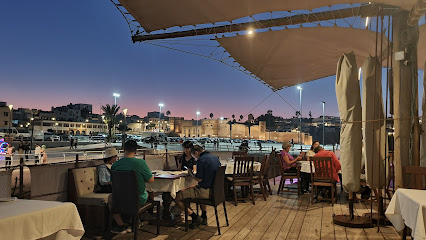
Yucatan
Experience the vibrant nightlife of Rabat at Yucatan, the bar where tradition meets modernity in a lively atmosphere.
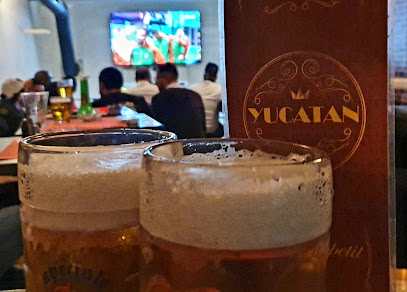
Trianon
Discover Trianon in Rabat - a vibrant bar blending local flavors with a welcoming atmosphere perfect for tourists.
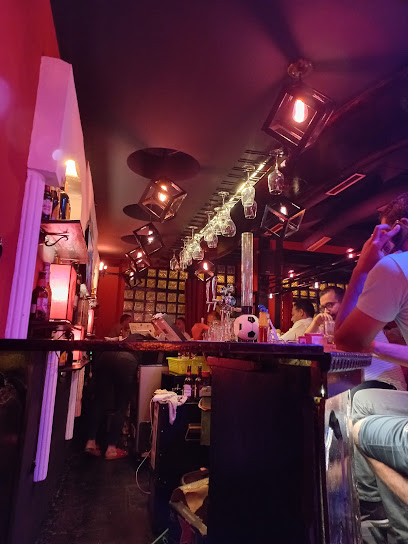
Le Jour Et Nuit
Discover the vibrant flavors of Morocco at Le Jour Et Nuit, Rabat's premier grill restaurant, offering a unique dining experience in a charming setting.

Jose Bar and Resturant
Experience the vibrant flavors of Morocco at Jose Bar and Restaurant, where hospitality meets authentic cuisine in the heart of Rabat.
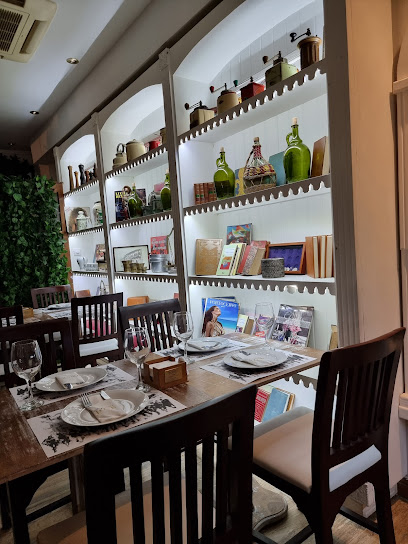
Mondolini
Experience the vibrant nightlife of Rabat at Mondolini, where Moroccan culture meets contemporary lounge vibes in a stylish setting.
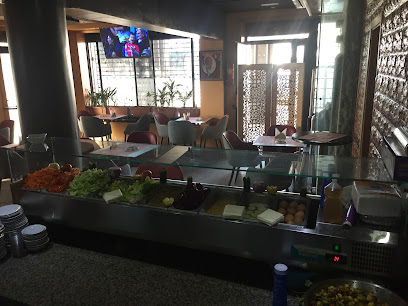
Pub Texuda
Experience the lively ambiance and local culture at Pub Texuda in Rabat, your perfect spot for drinks and socializing.
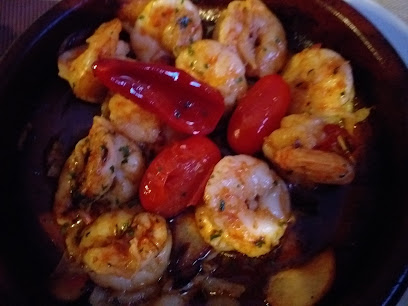
Odyssia
Discover Odyssia, where Moroccan grilling meets a warm atmosphere in the heart of Rabat, offering an unforgettable dining experience.

ghazallate
Experience the culinary delights of Ghazallate, Rabat's premier gastropub blending traditional Moroccan flavors with innovative cuisine.
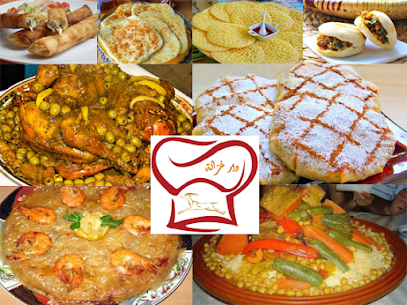
Ste Henrys Bar
Discover the lively spirit of Ste Henrys Bar in Rabat, where Moroccan culture meets contemporary vibes in a perfect setting for relaxation and socializing.

Local Phrases
-
- Helloسلا
[sala] - Goodbyeبسلامة
[beslama] - Yesنعم
[naam] - Noلا
[la] - Please/You're welcomeمن فضلك
[min fadlik] - Thank youشكرا
[shukran] - Excuse me/Sorryعذرا
[azra] - How are you?كيف حالك؟
[kayfa halak?] - Fine. And you?بخير. وأنت؟
[bikhayr. wa anta?] - Do you speak English?هل تتكلم الإنجليزية؟
[hal tatakallam al-inglizia?] - I don't understandلا أفهم
[la afham]
- Helloسلا
-
- I'd like to see the menu, pleaseأريد أن أرى القائمة، من فضلك
[uriidu an ara al-qaimah, min fadlik] - I don't eat meatأنا لا آكل اللحم
[ana la aakul al-laham] - Cheers!في صحتك!
[fi sahtak!] - I would like to pay, pleaseأريد أن أدفع، من فضلك
[uriidu an adfaa, min fadlik]
- I'd like to see the menu, pleaseأريد أن أرى القائمة، من فضلك
-
- Help!النجدة!
[an-najdah!] - Go away!ارحل!
[irhal!] - Call the Police!اتصل بالشرطة!
[itassil bish-shurta!] - Call a doctor!اتصل بالطبيب!
[itassil bit-tabib!] - I'm lostضاعت الطريق
[daat at-tariq] - I'm illأنا مريض
[ana mareed]
- Help!النجدة!
-
- I'd like to buy...أريد أن أشتري...
[uriidu an ashtari...] - I'm just lookingأنا فقط أتفرج
[ana faqat atfarij] - How much is it?كم الثمن؟
[kam ath-thaman?] - That's too expensiveهذا غالي جدا
[hatha ghali jiddan] - Can you lower the price?هل يمكنك خفض السعر؟
[hal yumkinuka khaafd as-siir?]
- I'd like to buy...أريد أن أشتري...
-
- What time is it?كم الساعة؟
[kam as-saah?] - It's one o'clockالواحدة
[al-wahidah] - Half past (10)العاشرة والنصف
[al-aashirah wan-nisf] - Morningالصباح
[as-sabah] - Afternoonالظهر
[adh-duhr] - Eveningالمساء
[al-masa] - Yesterdayالبارحة
[al-barihah] - Todayاليوم
[al-yawm] - Tomorrowغدا
[ghadan] - 1واحد
[wahid] - 2اثنين
[ithnayn] - 3ثلاثة
[thalatha] - 4أربعة
[arbaah] - 5خمسة
[khamsah] - 6ستة
[sittah] - 7سبعة
[sabah] - 8ثمانية
[thamania] - 9تسعة
[tisah] - 10عشرة
[asharah]
- What time is it?كم الساعة؟
-
- Where's a/the...?أين...؟
[ayn...?] - What's the address?ما هو العنوان؟
[ma huwa al-unwaan?] - Can you show me (on the map)?هل يمكنك أن تريني (على الخريطة)؟
[hal yumkinuka an tureeni (ala al-khartah)?] - When's the next (bus)?متى الحافلة القادمة؟
[mata al-haafilah al-qaadimah?] - A ticket (to ....)تذكرة (إلى...)
[tadhkirah (ila...)]
- Where's a/the...?أين...؟
History of Medina of Rabat
-
The Medina of Rabat, a UNESCO World Heritage Site, dates back to the 12th century when it was established by the Almohad dynasty. Initially, it served as a military outpost and a strategic location for controlling the Atlantic coast. The medina's layout reflects the intricate urban design of the period, characterized by narrow winding streets, traditional houses, and vibrant souks.
-
Over the centuries, the Medina has been a crossroads of various cultures, including Arab, Berber, and European influences. This blend is evident in the architecture, cuisine, and daily life of the medina. The historical significance of the area is underscored by the presence of mosques, palaces, and markets that celebrate Rabat's diverse heritage.
-
In the 13th and 14th centuries, the Marinid dynasty expanded Rabat's influence, transforming the Medina into a center of learning and culture. The construction of significant architectural works, such as the Bou Regreg River defenses and the Grand Mosque, marked this era. The Marinids were instrumental in promoting Islamic scholarship and arts, leaving a lasting legacy in the medina.
-
During the French protectorate from 1912 to 1956, the Medina experienced significant changes. While the French authorities focused on modernizing Rabat, efforts were made to preserve the historical aspects of the medina. This period saw an increase in European architectural styles, juxtaposed against the traditional Moroccan designs, creating a unique urban landscape.
-
Following Morocco's independence in 1956, the Medina of Rabat underwent a revitalization to restore its historical and cultural significance. Efforts to conserve the architecture and promote tourism have transformed the medina into a vibrant community, attracting both locals and visitors who seek to explore its rich history and lively markets.
Medina of Rabat Essentials
-
Medina of Rabat is easily accessible from other neighborhoods in Rabat. The best way to reach the Medina is by taking a tram from the city center to the Bab El Had station, which is just a short walk from the Medina entrance. Taxis are also available throughout the city, and a ride to the Medina typically costs around 20-30 MAD. If you prefer to walk, the Medina is approximately a 20-minute walk from the Royal Palace.
-
The Medina of Rabat is a pedestrian-friendly area, making it easy to explore on foot. The narrow streets are best navigated by walking, allowing you to truly soak in the local atmosphere. If you need to travel further, taxis are readily available, and you can also rent bicycles from local shops. Public buses connect the Medina with other neighborhoods, but for the most part, walking is the preferred mode of transport.
-
The Medina of Rabat is generally safe for tourists; however, it’s wise to take standard precautions. Avoid displaying valuables and be cautious in crowded areas where pickpocketing can occur. Areas around crowded markets, particularly in the evenings, may have higher instances of petty crime. It is advisable to stay in well-lit areas and avoid walking alone late at night.
-
In cases of emergency, dial 19 for police assistance or 15 for ambulance services in Morocco. The local hospital is located in the nearby neighborhood of Agdal. It is advisable to have travel insurance that covers medical emergencies. Pharmacies in the Medina can assist with minor health issues, and many speak English.
-
Fashion: Do dress modestly, especially in religious sites; avoid revealing clothing. Religion: Do respect local customs; women should cover their heads when entering mosques. Public Transport: Do be respectful on public transport and offer your seat to the elderly; don't eat or drink on public transport. Greetings: Do greet locals with 'Salam Alaikum' and expect a handshake; don't use overly casual greetings. Eating & Drinking: Do try local dishes and accept food from locals as a sign of hospitality; don't refuse food offerings as it can be seen as rude.
-
To experience the Medina like a local, visit the souks where you can find handmade crafts and local produce. Engage with shopkeepers, as many are open to sharing stories about their products. Try to learn a few basic Arabic phrases, as this can enhance your interactions. Don’t miss the chance to sample street food, especially local pastries and mint tea, which are integral to the Moroccan experience.
Nearby Cities to Medina of Rabat
-
Things To Do in Meknes
-
Things To Do in Fes
-
Things To Do in Asilah
-
Things To Do in Chefchaouen
-
Things To Do in Tangier
-
Things To Do in Tetouan
-
Things To Do in Europa Point
-
Things To Do in Gorham's Cave Complex
-
Things To Do in St. Michael's Cave
-
Things To Do in Alameda Botanic Gardens
-
Things To Do in Queensway Quay Marina
-
Things To Do in Main Street
-
Things To Do in Gibraltar
-
Things To Do in Catalan Bay
-
Things To Do in Casemates Square

